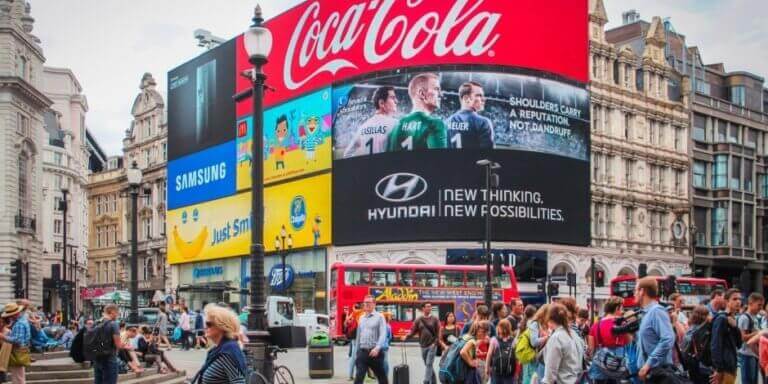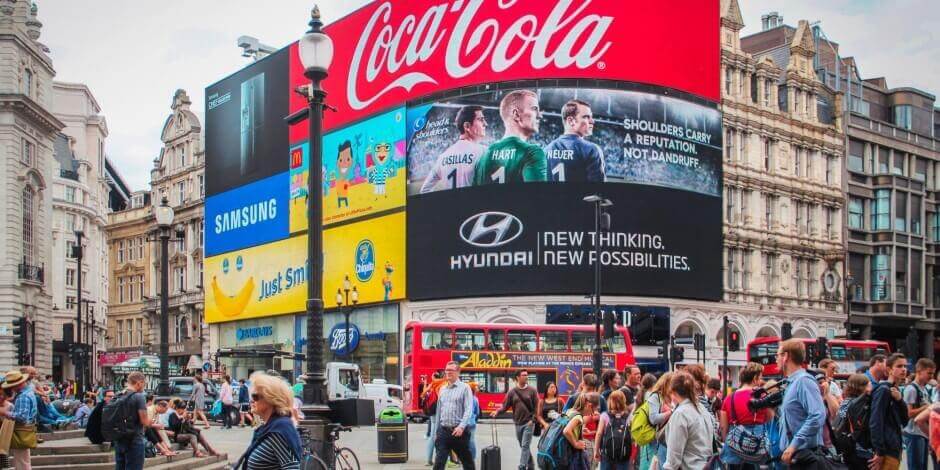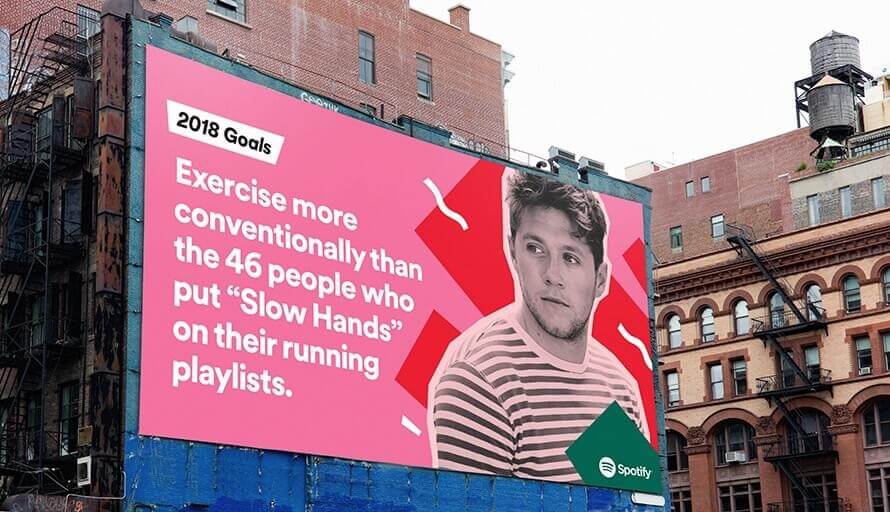
Projections for out-of-home (OOH) in 2018 are already coming out favourably. The digital transformation of outdoor advertising is enabling brands to run more personalized marketing campaigns for customers in the offline world. Increased technology, increased availability of analysis tools and an increased variety of media have provided advertisers with the greater precision and larger number of opportunities they need in the modern marketplace.

Digital out-of-home advertisement has grown as a proportion of all OOH spending, reflecting the new possibilities for brands to make an impact. As new measurement methods and integration with digital channels come online, they will proceed to add to the value proposition for OOH, making it an even stronger component of a robust media plan. Some of the changes in the OOH advertising this 2018:
Software and automation are increasing efficiency and effectiveness
Marketers are becoming frequently aware of how the worlds of out-of-home and digital media overlap. Connecting the two as part of an integrated strategy can strengthen both. That increased presence also comes with a much larger diversity of media options, from posters to billboards to transit to bus shelters. Also, the investigation of digital media can help inform OOH planning. Out of Home can help focus digital efforts, and bring more focused audiences into the advertiser’s digital ecosystem. Advertisers and campaign planners will have a wealth of choices for software and automation platforms in 2018 as several investments and development projects begin to see the first stages of maturity. Due to this, integration of digital marketing strategies with Out of Home can multiply impressions to a pure plan. By way of the Smartphone, individual behaviour and demographics are being mined and combined to deliver stronger metrics to the advertiser.
Data is being used for greater targeting and measurement precision
Data utilization is going to rapidly accelerate across the industry in 2018. The prices of data have lowered in recent years, lowering the entry bar to the point where small and medium companies can afford the advantages it provides. Enormous data sets of anonymized data are being pulled directly from carriers, third-party apps and from data aggregators, then combined directly with brand first-party data.
Expect this data to be utilized along every step of the OOH process. As part of the creative, brands are already beginning to have location and audience-specific data built right into their content. Analyses for behavioural, movement and demographic data will allow for more precision in audience targeting, while aggregation and attribution data will be used for more accurate measurement reporting.
In general, the utilization of data by the OOH industry is driving the shift from targeting as many people as possible to targeting as many members of specific audiences as possible. The creative changed by the time of day, amount of people in the outlets, and traffic around the billboards.
A lot of this data like footfall, traffic, social trends, weather, and more are already accessible to advertisers. It will be more impressive to see how the data collected creates more innovative and relatable consumer experiences. With everything that’s moving in OOH, it’s important to recognize that this is still an industry of people helping people to make links between brands and their audiences. All these trends make it that much easier.

DOOH will continue to grow as a major force in OOH
Recent years have seen massive investments in DOOH, and those investments are changing the OOH landscape. In 2018, DOOH will, for the first time, be able to reach 50% of the public, and is expected to account for 18% of the total OOH spend. That increased presence also comes with a much larger diversity of media options, from posters to billboards to transit to bus shelters. The combination of versatility with the data from above opens the door to more tailored content that’s adjusted dynamically. 2017 saw advertisers pushing the boundaries of DOOH interaction using that data to great success. In 2018, you can expect to see more advertisers using these now-tested methods to create notable impacts of their own.
As a result, outdoor advertising is an ideal form of advertising if you are searching to create immediate awareness for your company. With everything that’s changing in OOH, it’s important to remember that this is still an industry of people helping people to make connections between brands and their audiences.
Trends in OOH have improved massively as time passed, 2023 has taken interactivity and creativity to the next level, one of which is Programmatic Digital Out-of-Home (DOOH) advertising – a game-changer in the marketing landscape.
Picture this: Smart billboards that change messages based on who’s nearby, just like your favorite music app customizes playlists. Brands like Starbucks use this magic to show hot coffee on cold mornings and cool drinks on sunny days. it makes ads more personal and effective. Try it—join top brands and watch your messages adapt in real-time, engaging audiences effortlessly. It’s like having a tech-savvy billboard that speaks directly to your customers. Programmatic DOOH stands out in the crowded advertising landscape and elevates your brand.
You can find more information related to billboards in:



